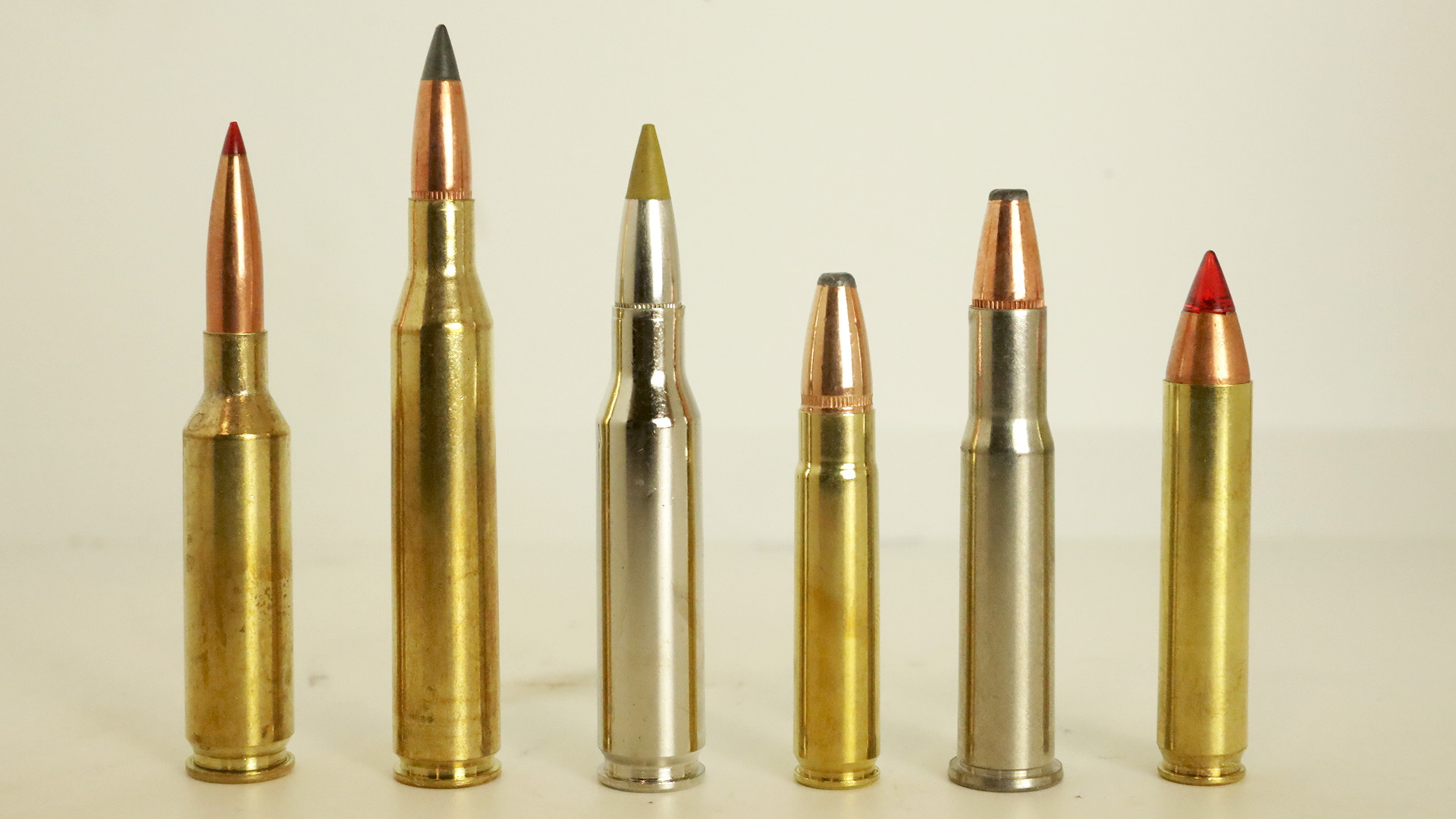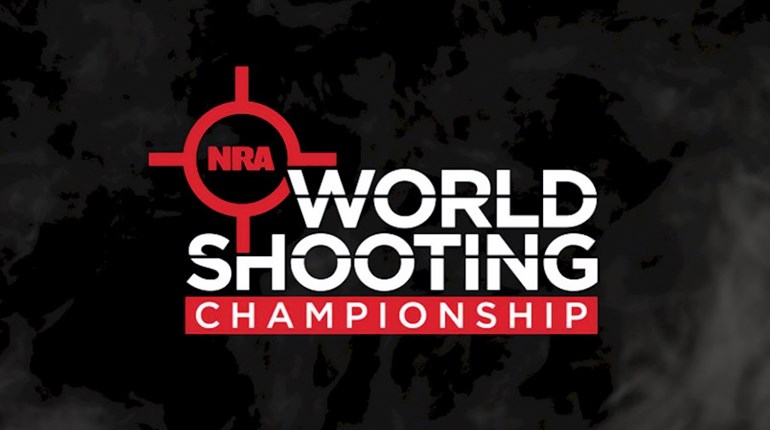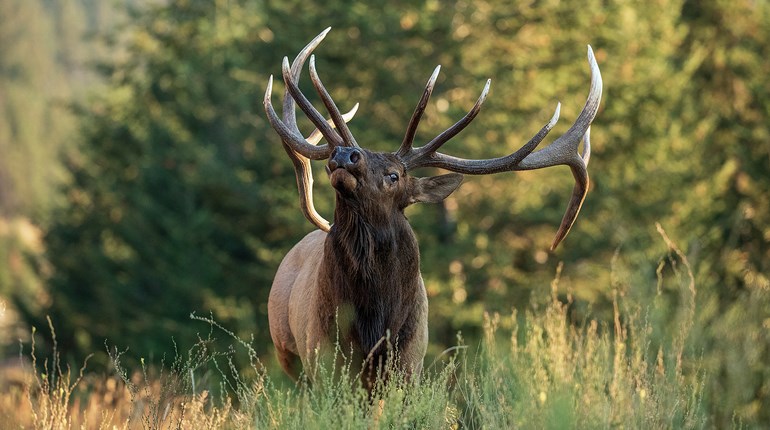As a senior graphic designer for Shooting Sports USA, I've been able to hear my colleagues tell stories from hunts all around the world. As time went by, I realized that I wanted to experience a hunt as well. One thing I noticed in all of these articles, (besides the beautiful hunt photos!) is that the hunters did not look quite like me. I haven't seen many Asian women in the hunting culture. Growing up as a Korean American woman, my family believed that education was the key step to achieving the American dream. Studying, playing the violin, and art were my lifestyle, while hunting was a foreign idea.
"Wait, what are you doing?"
"That sounds so cool!"
"Don't hurt Bambi!"
These were some of the responses I heard from my friends when I told them I was going on a deer hunt. I marveled at the range of responses from women, some of whom respected my choice, while others thought that hunting was outdated and cruel. The common theme was that hunting was not a normal thing for an Asian girl to do.
But where does a first time hunter begin their journey? I talked with NRA staff asked question after question. Since this would be my first deer hunt, I decided to hire an outfitter and guide.
I started researching outfitters through the Maryland Outfitters and Guides Association, Inc. After more research and phone calls, I made a deposit with Schrader's Outdoors, LLC.
Schrader's provides a full range of facilities, from a manor house with hotel-style rooms and hot meals, to various shotgun sports and experienced guides for hunting and fishing. I arrived with my friend and we met our guide who took us to a range, went over the schedule, explained where to aim, talked strategies and answered a bunch of our questions.
By 5:15 the next morning, I was dressed in my camo and headed out the door. Cabela's had graciously provided me with a full complement of hunting attire. Atop the MTP base layer, I wore a women's 4-in-1 parka, OutfitHER Dry-Plus Insulated pants, Instinct Accelerator 9mm rubber boots, a fleece hat and gloves.
For my first hunt, I requested we use a ground blind instead of a tree stand. As we walked through the dark, my guide kept his flashlight low. He explained how the deer would be moving and where to expect them. As we watched and listened for hours, we kept hoping a deer might appear. The morning passed and we only saw two deer that stayed under cover and then silently drifted away. Otherwise only birds and squirrels kept us company. At the end of the morning session, my hunting partner almost sighed with relief when we could talk normally and move about. That afternoon we were positioned at the edge of a tree line facing a field. We spotted deer, however, they were well out of range.
Hunting has a way of pulling one from our modern instantaneous culture. Modern society is designed for instant gratification. Our mobile devices ensure that we are always connected to the latest email, Tweets and social updates. All this social connectivity and constant entertainment came to a crashing halt as I waited and watched. With the passing hours my hunting partner struggled to stay alert and quiet. I soon realized that the deer were not at all interested in cooperating.
I didn't see any deer the next morning and our last hunt was that afternoon. Our guide took us back to the same blind by the tree line that faced the field. Fresh tracks were found in this location. Rain was falling steadily and our guide asked if we still wanted to hunt.
"Of course!" we replied.
A few hours into the hunt, a group of deer came to the field and they were close, really close! I was using a 20-gauge Mossberg 500 Super Bantam Slugster with Federal Premium Vital-Shok Sabot slugs, and was confident in taking a shot out to 100 yards. The deer I'd targeted, however, was very close. I eased my gun to my shoulder and clicked off the safety. Even in the rain, the deer's head shot up when she heard the click. I aimed and fired. The deer stumbled, whirled around, and ran back to the woods. Our guide found white fur where the deer had stumbled and began tracking the deer. There was no deer to be found, and due to the rain, there was no blood trail. The experience taught me that hunting deer in the rain makes tracking much more difficult. Sadly, my first deer hunt did not have a Hollywood ending, but real life rarely does.
A few days later, I called up the friend that had joined me on that first hunt. It turned out that we had both been thinking about that deer and we wanted another chance. So we decided that the following weekend, with better-suited weather and a more favorable moon phase, would be perfect for deer hunting. We called Schrader's. They were very happy to have us hunt on what was the final day in Maryland's 2014 shotgun season.
It was the first day of our second hunting session and we quietly sat and watched throughout the early morning. My hunting partner commented that we were much better at keeping silent and quietly watching compared to our first noisy hunting adventure. Despite our muted diligence, no deer came our way that morning.
In the afternoon, we asked to go back to the same blind where we met the deer earlier in the season. This time, we hoped for a different outcome. We waited until the sun started to set, less than an hour remained in the hunting season. The minutes ticked away and my hunting partner tried to reassure me that it would be okay if no deer showed. Just as the sun had almost disappeared, a group of whitetail appeared on the right. My hunting partner shoots left-handed and was seated on the right side, but the deer were well beyond my partner's comfort level. Now was my chance! I had a Nikon Slugster scope mounted on my Mossberg so the deer was within my range.
"Move over, please!" I firmly motioned. My partner saw the determined look on my face, and quietly moved over.
Amazingly, the closest deer was working its way closer to feed on winter wheat and stood completely broadside. I positioned myself on the right side of the blind, clicked off the safety, aimed just behind the front shoulder, slowly exhaled and squeezed the trigger. The deer buckled and fell without taking another step. The Mossberg functioned perfectly. The slug hit the lungs and exited out the other side. I had taken my first deer within the final minutes of the season.
I look forward to enjoying my harvest. While venison is not a traditional part of Korean cuisine, I plan to share my hunting experience with family and friends by using marinated and grilled venison in bibimbap, kimbap, or by itself with kimchi and rice. I don't know of any other Korean huntresses, but perhaps spreading awareness that venison is a lean and nutritious meat can help trigger a hunting interest among my generation of Asian-Americans.





































